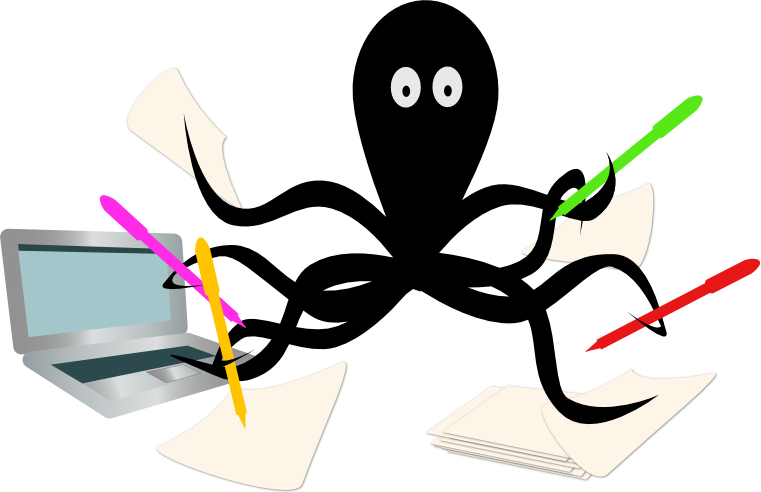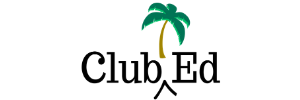Basics of Proofreading Fiction
One of the easier ways to break into fiction editing is to offer a lower-priced, lower-skill service, such as proofreading. (Beta reading is another good possibility for a lower-priced, lower-skill service and actually the one I would recommend, since it can lead to developmental editing, a more lucrative and sustainable business.)
The reason I don’t offer a class in proofreading fiction is because I think AI is going to kill proofreading as a career. You’ll probably be better off learning a more complex skill, such as line editing or developmental editing.
But if you want to start now, and you don’t have the training to do line editing or development, proofreading can be a reasonable choice.
Proofreading is basically reading a manuscript and checking for egregious errors like typos and misplaced punctuation. You’re not trying to solve big story problems. You’re just trying to make sure the final manuscript doesn’t have embarrassing errors.
How does proofreading differ from other types of editing? Here’s the lowdown.
Copyediting
Copyediting is concerned with whether a piece works at the sentence level. Does each sentence make sense? Are sentences written in active voice, using clear language? Does the manuscript conform to house style? Most periodicals use Associated Press (AP) style as their base; most book publishers use the Chicago Manual of Style (CMOS).
Copy editors may also do some coding or styling (to make sure headers and lists are formatted correctly for the printer or for posting online). They typically also do at least some fact-checking, and will be expected to catch the fact that the reporter referred to the expert as Dr. Sheila Smith in the first paragraph but spelled her name as Smythe on subsequent mentions.
Line Editing
Line editing has some connection to copyediting because it’s concerned with polishing the sentence-level prose of a manuscript. It never used to be a separate editorial role. It was always either part of development or of copyediting. But with the rise of indie publishing, authors have looked for editors who can help them elevate their prose while also preventing egregious story problems (such as a dropped plot thread) from slipping through.
Line editing addresses awkward, lengthy, or confusing sentence structures by revising them. It also tightens flabbiness and removes unnecessary repetition. For fiction, this includes trimming filtering (“she heard the bell ring” versus “the bell rang”) and superfluous action (such as describing all the steps it took for Jack to get ready for work when all that’s needed is for the author to say, “Jack got ready for work”).
It also includes addressing dialogue that seems wooden, off (not what the character would say under the circumstances), or anachronistic.
If you’re more interested in helping authors make their language sing than on chasing down every stray comma, line editing might be for you!
If you’re good at line editing and you have an eagle eye for those stray commas, you might combine copyediting with line editing to help stand out from the crowd.
Proofreading
Proofreading, which many people confuse with copyediting, is the final defense against error in a manuscript. The proofreader goes through a manuscript before it is printed (or placed live online) to make sure that no errors have slipped through after editing. A proofreader may compare a final typeset work against its copyedited draft to make sure the changes were accurately reflected in the final. This requires an excellent eye for detail.
Proof-Editing
Proof-editing is another of those editorial roles that never used to exist but is now a real area editors work in.
Typically, proof-editing is about doing more than just correcting egregious errors/obvious mistakes, but dives deeper into correcting sentence-level problems. Normally a proofreader does not do any actual editing (for example, even if a sentence could be stated in a more pleasing way, that is not the proofreader’s job to worry about). But in proof-editing, the fact that the proof-editor does do some editing is right there in the name.
This role is more common in organizations where there is no clear copyediting role and there is no one coming in after the main editor to check for final errors.
For indie authors, proof-editing often comes after they’ve gotten developmental feedback and have done a revision of the manuscript. They may not have the budget to hire both a copy editor and a proofreader, so they’ll hire a proof-editor to correct any problems that have arisen as a result of the revision.
Join the Club!
New to story editing? Begin at the beginning.




